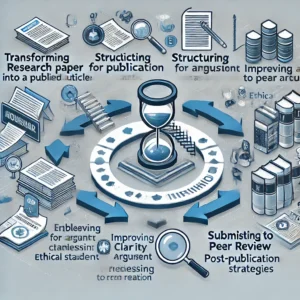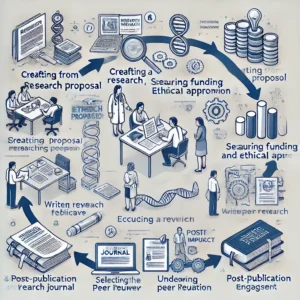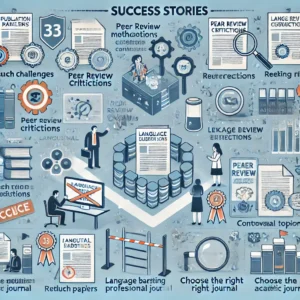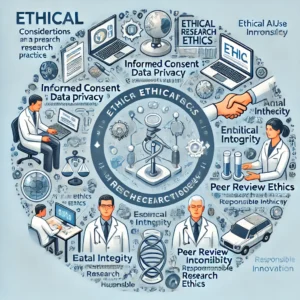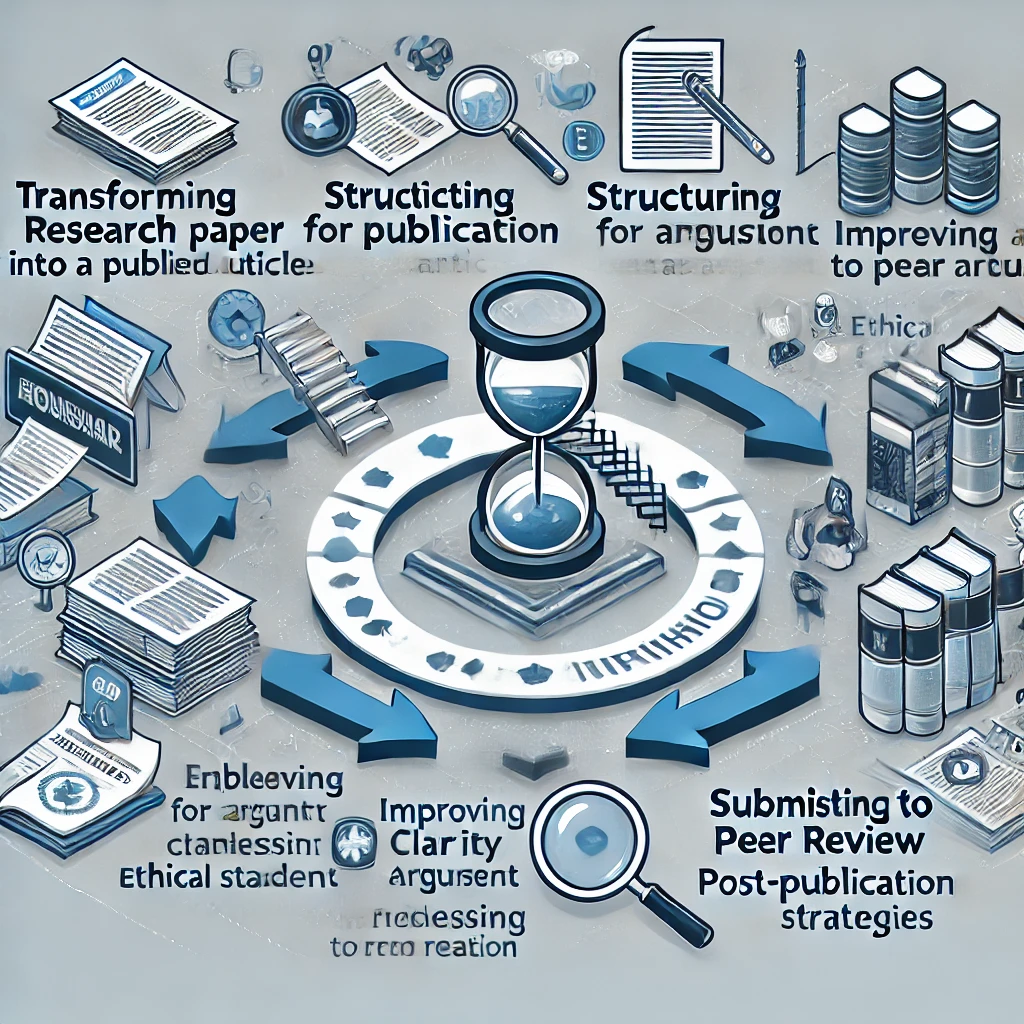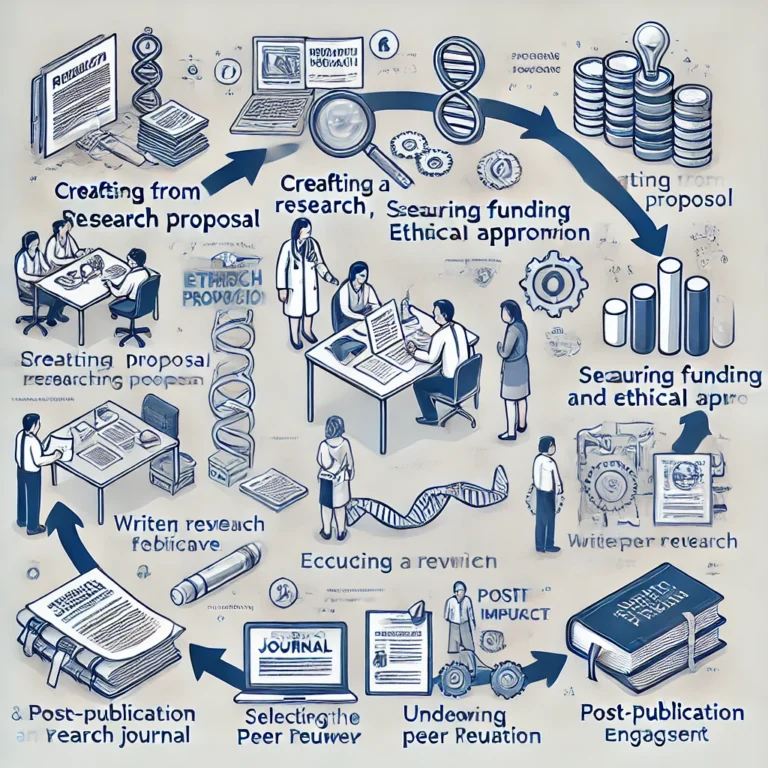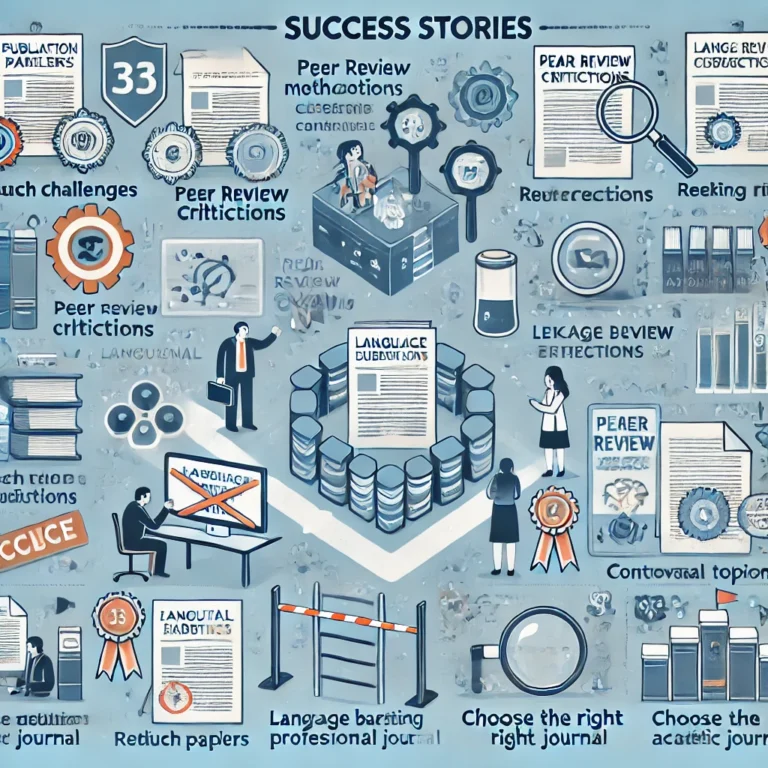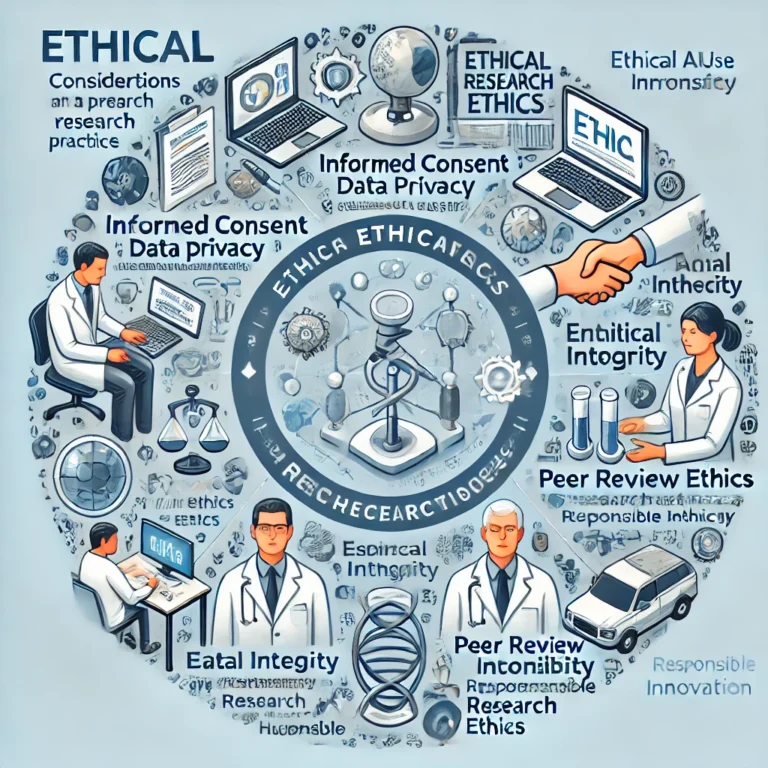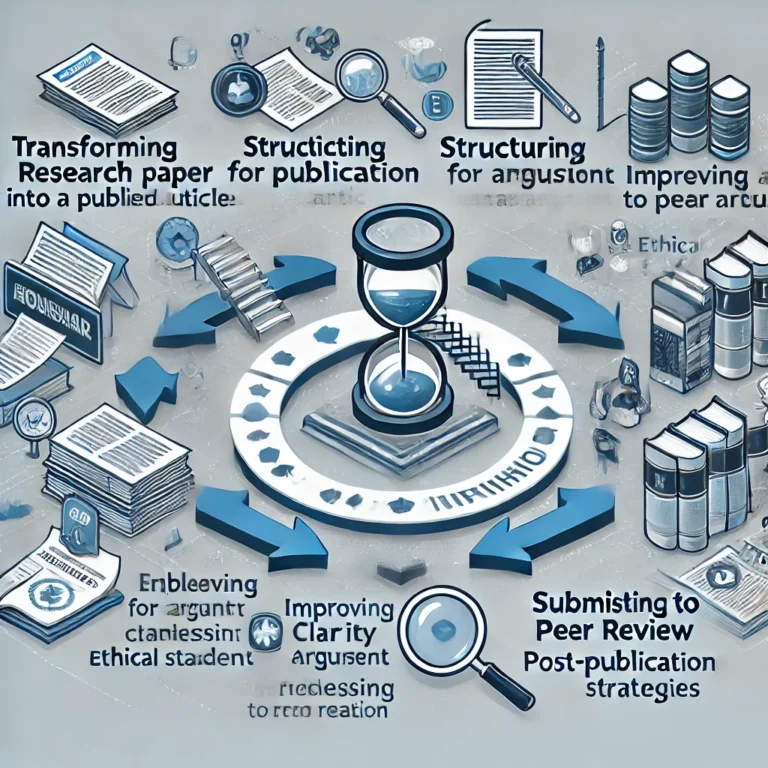Publishing a research paper in a reputable journal requires careful revision, adherence to journal guidelines, and strategic structuring. This case study outlines the key steps involved in transforming a research paper into a publishable article, illustrating best practices and common challenges.
1. Initial Research Paper Development
Case Overview: A graduate student in environmental science conducted research on the impact of microplastics on freshwater ecosystems. The initial research paper was a thesis submission with extensive data and technical details.
🔹 Challenges:
- Excessive length and detail beyond journal requirements.
- Lack of a strong narrative for publication.
- Formatting and citation inconsistencies.
💡 Solution: Identify a target journal with specific formatting and word count limits.
2. Choosing the Right Journal
Key Considerations:
✅ Scope & Audience – Ensuring the research aligns with the journal’s focus.
✅ Impact Factor & Reputation – Selecting a journal with good academic standing.
✅ Open Access vs. Subscription-Based – Evaluating accessibility options.
🔹 Example Decision: The researcher chose Environmental Pollution due to its focus on pollution-related environmental studies.
3. Structuring for Publication
Journals often have strict formatting guidelines that differ from academic theses or dissertations.
Rewriting the Paper:
- Abstract – Condensed to highlight key findings.
- Introduction – Rewritten to emphasize the research gap and significance.
- Methodology – Simplified while maintaining rigor.
- Results & Discussion – Combined for a clearer interpretation of findings.
- Conclusion – Strengthened with future research recommendations.
🔹 Example Improvement: The original introduction contained an extensive literature review, which was shortened to focus on the study’s relevance.
4. Strengthening the Argument & Clarity
Academic journals prioritize clarity, conciseness, and logical flow.
Key Enhancements:
✅ Eliminate Redundancies – Avoid unnecessary repetition.
✅ Improve Data Presentation – Use high-quality graphs and tables.
✅ Enhance Language & Style – Ensure readability with professional editing tools like Grammarly or Hemingway Editor.
🔹 Example Adjustment: The author reformatted complex statistical data into digestible tables with clear legends.
5. Addressing Ethical & Formatting Standards
Journals have ethical guidelines concerning:
- Plagiarism – Checked using Turnitin or iThenticate.
- Authorship – Correct attribution following journal policies.
- Data Sharing – Compliance with open-access repositories if required.
🔹 Example Compliance: The author uploaded supplementary raw data to a public repository to meet transparency requirements.
6. Submitting to the Journal & Peer Review Process
Once formatted and reviewed, the article was submitted via the journal’s online system.
Peer Review & Revision Process:
📌 First Decision: Major Revisions Required
📌 Reviewer Feedback:
- Improve statistical clarity.
- Strengthen the discussion section with additional literature.
📌 Response Strategy: - Address comments with clear explanations.
- Revise figures and citations as suggested.
🔹 Example Outcome: After two rounds of revisions, the article was accepted for publication.
7. Publication & Post-Publication Impact
Upon acceptance, the article was assigned a DOI, making it officially accessible.
Post-Publication Strategies:
✅ Share on ResearchGate & Google Scholar for visibility.
✅ Engage on Twitter & LinkedIn to attract collaborations.
✅ Monitor Citations using Scopus or Web of Science.
🔹 Result: The published article gained citations and contributed to ongoing environmental policy discussions.
Conclusion
Transforming a research paper into a published article requires strategic refinement, ethical compliance, and responsiveness to peer review. By selecting the right journal, structuring the paper effectively, and addressing feedback systematically, researchers can enhance their chances of successful publication.
Would you like a checklist for preparing a paper for submission or a visual representation of this process? 😊

